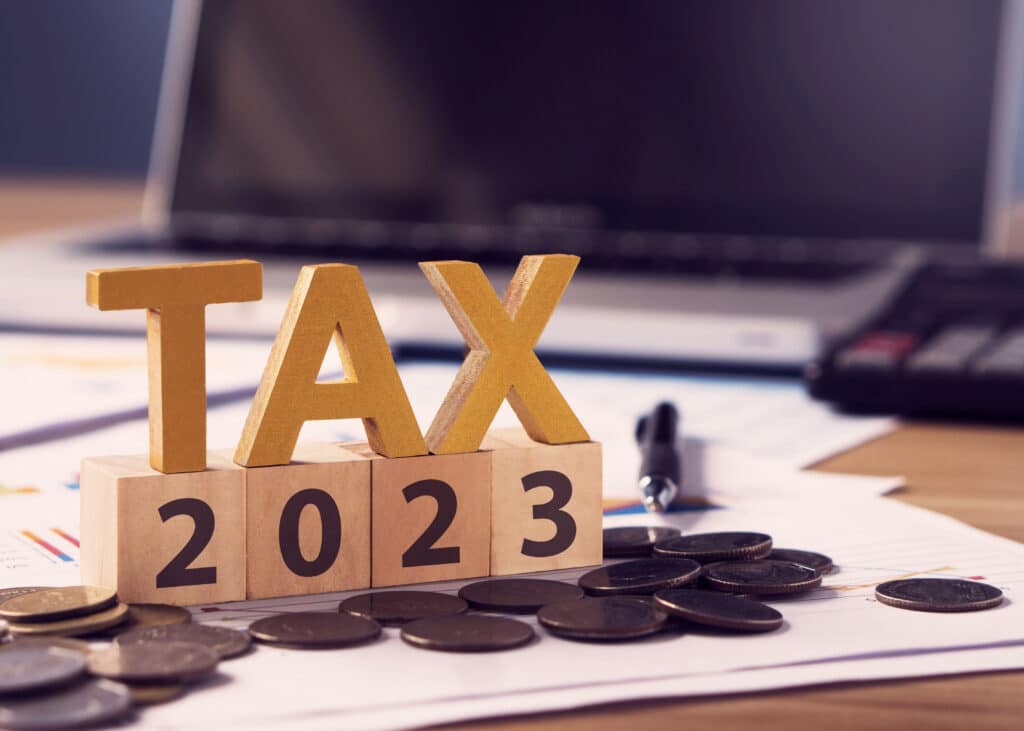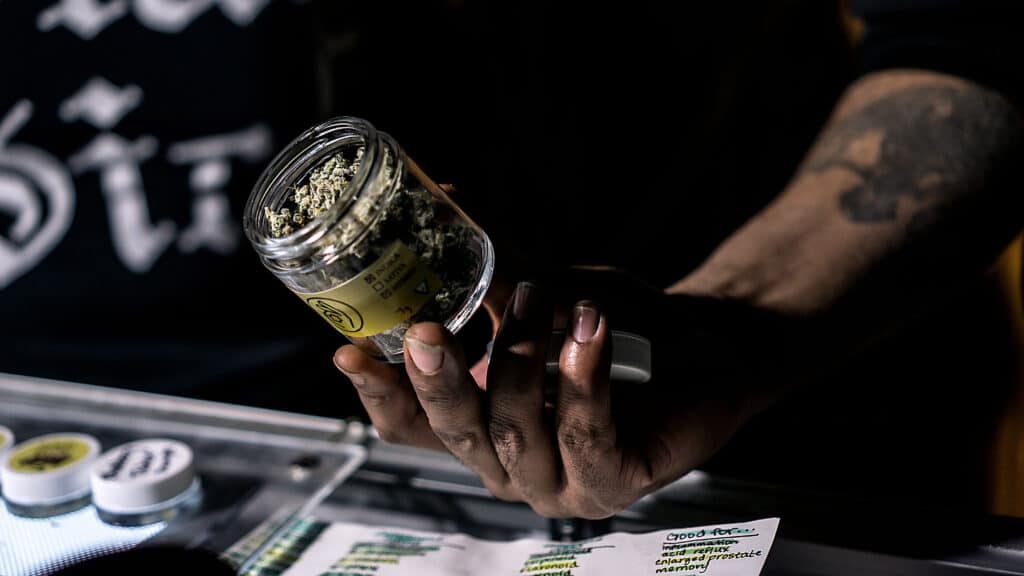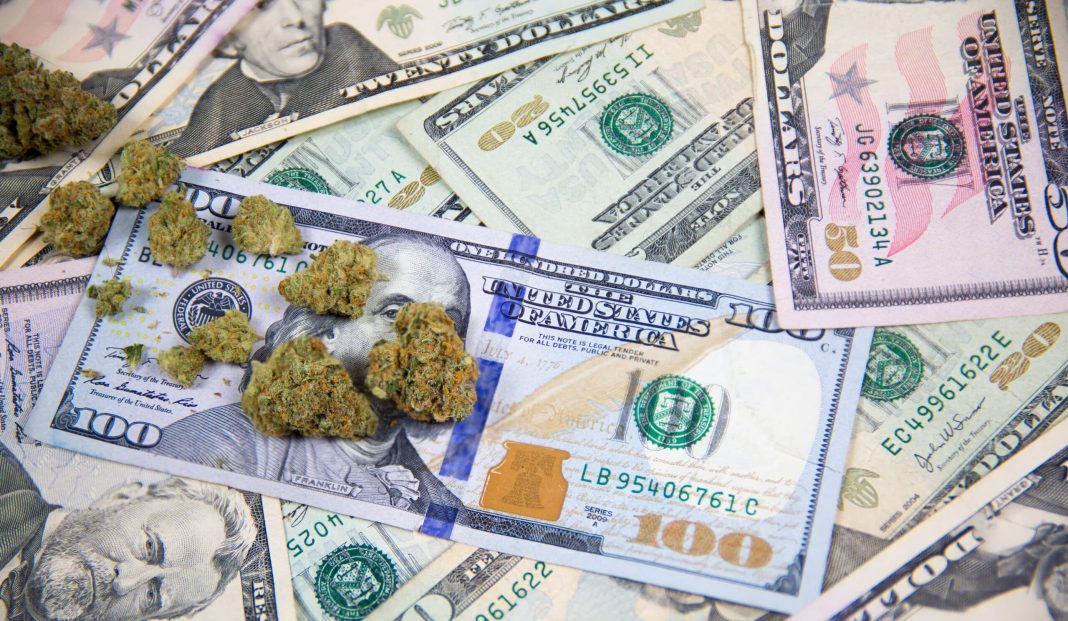We talk all the time about high cannabis taxes, but what does this actually mean in terms of revenue for states? Read on for more info.
Top earning states from cannabis taxes
The current information comes from an interactive map which was recently published by the US Census Bureau. This agency operates as the main part of the Federal Statistical System, in the U.S. Department of Commerce. It compiles and releases information to the public, about trends in the population and economy.
The interactive map is called Cannabis Excise Sales Tax: Quarterly Revenue. According to the agency’s methodology information, this accounts for “all compulsory contributions exacted by a government for public purposes. Tax revenue is further defined to include related penalty and interest receipts of a government but to exclude protested amounts.” The investigation looks at earnings from Q2 of this year, which ended June 30th, 2023. It accounts for both medical and recreational sales, as long as such taxes apply.
It does seem to only apply to excise taxes though, which are not all taxes. Excise taxes are generally sin taxes in the cannabis industry; so they don’t always apply to a medical market, but do apply to all recreational markets. If it were actually inclusive of all taxes, then all medical states would be included in this; which they are not. Even the name of the graph indicates this only relates to excise taxes. While excise taxes exist without being sin taxes, the inclusion of sin taxes in this category; means these are the highest taxes put on a cannabis product.
According to this map, only five states with legal markets (medical, recreational, or both), had earnings from cannabis excise sin taxes that were more than 1% of the entire tax revenue earnings for the state. The state to earn the most in the quarter by percentage, was Oregon; which brought in 3.19% of its tax revenue, through cannabis. Michigan was next with 2.16% of tax revenue coming from cannabis; Illinois was 3rd with 2.04%. This was followed by Alaska with 1.32%, and then Colorado with 1.21%.
In terms of how these numbers compare to the previous quarter, Oregon’s number of 3.19% is an 8% decrease from last quarter. The Illinois number is down 3.72% from last quarter, and Colorado decreased by .33% as well. These are only comparisons to the previous quarter, not anything past that. The one state to show a large increase in quarterly tax income from the first quarter of the year, was Alaska. According to Alaska, its cannabis revenue went up 18.35%.
If you’re thinking that a state like Washington should be on this list; this might be true, but we don’t know. This investigation was through federal collection, and Washington was one of the locations for which the federal government could not get data from any state agency or through administrative channels. Because of this short in overall data, the agency cautions against using this report to establish overall information about this industry nationally. It’s hard to say what percentage of overall taxation the census information actually covers.
How did other states do?
We know the five states that brought in cannabis revenue in taxes above 1% for Q2 of this year; and we know that we’re missing data from some states like Washington. There is also no information from New Jersey, West Virginia, Alabama, Louisiana, or Arkansas. So, how much or how little did the other states that did report, bring in? The Census Bureau created categories for over 1%, for .5%-1%, and for less than .5%.
In the .5%-1% category, are the states: Arizona and Missouri. Arizona brought in .73% of its quarterly tax revenue from cannabis, and Missouri brought in .92%. In the less than .5% category, were California (.26%), Nevada (.17%), Montana (.25%), New Mexico (.06%), Oklahoma (.09%), Mississippi (.02%), Pennsylvania (.2%), New York (.37%), Vermont (.04%), Maine (.11%), Massachusetts (.42%), Rhode Island (.13%), Connecticut (.05%), and the capital Washington, DC (.01%).
All other states have no tax defined. Some states were not pointed to for a lack of reporting (like Washington); but rather for not having the tax spoken about. Plenty of states in this category have medical markets, which most certainly all tax items. However, medical markets are less likely to include excise taxes, since the majority of this kind of tax, are sin taxes. A sin tax is a strange tax to put on a medicine; although, it happens; which is evidenced by this map.

Most articles are more likely to give numbers for direct tax revenue, over a percentage of the state’s total tax revenue. This one went for the latter. So, what does it mean in terms of tax dollars? Of the legal states, the state with the highest percentage of its tax revenue coming from cannabis excise taxes, was Oregon; which netted just over $42.2 million. Michigan’s 2.16% made up $63.5 million; and Illinois earned about $67.4 million for its 2.04%. Alaska brought in $7.6 million; and 5th place Colorado earned $67.3 million for the quarter.
These are tax revenue numbers for a quarter of the year. Which means, if you multiply by four, you can get an idea (although not an exact number) of around how much a particular state brings in for a year, with their excise taxes. To give an idea of how out-of-whack reporting is though, while the Census Bureau article indicates that Illinois, for example, would have brought in about $269.6 million for a year; in other places, its reported Illinois brought in $451.9 million last fiscal year, ending June 30th, 2023. These numbers are quite different, indicating possibly more than different measuring parameters.
What’s left out?
We’ve already been told that not every state with an applicable tax, felt like reporting its numbers. There was no reason given for this, either. So we don’t know if some states simply didn’t feel like reporting, or if there was some kind of confusion or disorganization that led to not having numbers available. This is why we’re not supposed to look at these numbers to gain understanding of the total market.
Beyond the states we know were left out, there’s another reason we cannot use these numbers to estimate the entire market. These numbers only account for legal sales, and much of the industry is a black market. In this case, ‘black market’ does not refer to a shady guy bringing weed on a bike, and a meetup in a dark alley. Rather, it refers to black market dispensaries. How big is the black market?
We don’t know for sure because of a lack of reporting; black markets don’t report to governments, so they don’t show up on an analysis like this. But considering how stringent laws are to open legal dispensaries, and the constant complaint across states of not having enough dispensaries because of this; we know that a lot of what we see in terms of dispensaries, is not a part of the legal market.
And we know this because in states like California or New York, where there are few approved dispensaries, you can still find dispensaries all over the place. This directly indicates a lot of black market dispensaries. If they outnumber legal dispensaries, the logic is that the black market is that much bigger. For example, a March PBS article estimated that New York had 1,400 illicit stores, while only 60 licenses had been handed out by then. The problem wasn’t better as of September.

We know this because of a bill pushed in New York to allow cultivators to sell their product to Indian tribal dispensaries, in part because of the lack of legal dispensaries in the state. In September, an open letter to the governor was signed by about 1/3 of the state’s legislature. The letter states there are currently only 23 legal dispensaries. So 23 vs approximately 1,400…which do you think brings in the bulk of revenue; black market or legal?
California’s market has been open much longer, yet the state only has about 1,000 dispensaries according to the referenced Forbes article. If the state only consisted of legal dispensaries, you’d barely see one since the state is so big. But the reality is that they’re everywhere. Which means the vast majority are not legal, and the vast majority of revenue, is not taxable; and therefore irrelevant to the US Census Bureau breakdown.
Conclusion
Does this Census Bureau breakdown indicate the industry is doing well? It’s all in how you look at it. With fewer overall dispensaries than the black market; it seems whatever income there is, is way less than what was hoped for by each of these states.
Welcome readers; we’re glad you found your way to Cannadelics.com. We’re a news site in the independent space, reporting on the drugs world at large; with a focus on cannabis and psychedelics. Join us frequently to keep in-the-loop; and subscribe to our Cannadelics Weekly Newsletter, so you’re always aware of the important stories.





